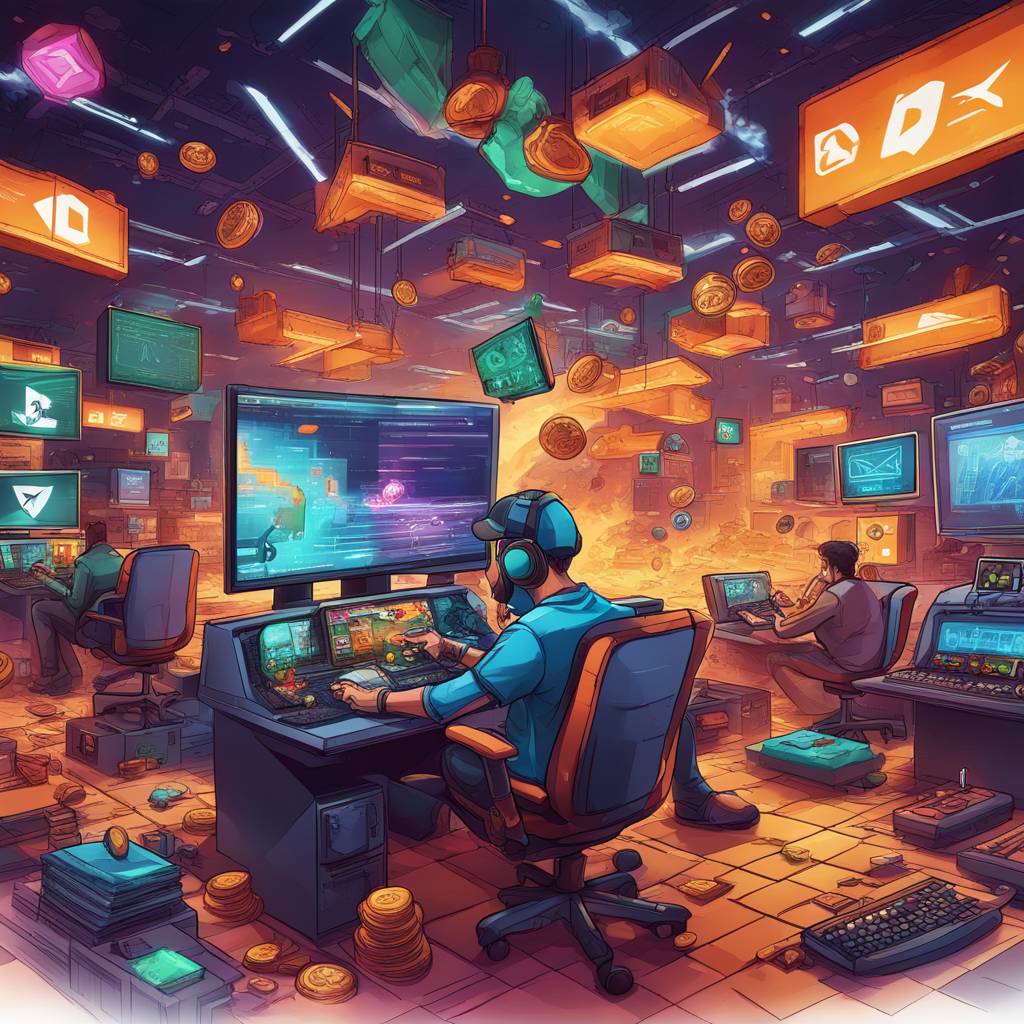The current state of GameFi is facing challenges, with Play-2-Earn games being popular but primarily viewed as a form of labor rather than entertainment. This has led to failures in the long run as users are focused on making money rather than enjoying the game itself. The core user base in sustainable gaming systems consists of users willing to spend money in the game without expecting financial refunds, as seen in Web2 gaming. The success of the GameFi industry relies on the emergence of a popular AAA game project in Web3 or innovative success within crypto gaming that is unachievable in Web2. Adoption of cryptocurrency by popular gaming titles could be a trigger for the industry.
The Web3 gaming landscape is diverse but faces challenges such as the Play-to-Airdrop model which has shortened the lifespan of games. Players now focus on earning rewards through airdrops rather than engaging in gameplay. The key problem with Web3 games is the design with bad incentives that promote greed rather than a desire to play. Good game design should attract users who are willing to spend time and money on the game for the enjoyment of gameplay, not just for financial gain.
Web3 gaming has two potential paths for success: the emergence of a popular Web2-like AAA game project with crypto integration or innovation within crypto gaming that cannot be achieved in Web2. A game that focuses on high-quality gameplay while incorporating crypto elements can set standards for the industry. Fully on-chain games, known as Autonomous Worlds, aim to create game worlds where all components and rules are on-chain, allowing for new possibilities in game design and economics. Most innovation in GameFi is currently happening on Ethereum, with projects in concept or early alpha stages.
Experiments in Web3 gaming will continue to evolve, revealing what works and what doesn’t in the industry. As speculative capital flows into experimental games during bull markets, projects that prioritize high-quality gameplay over financial incentives are likely to thrive. Successful mass-user Web3 games are expected to provide a user experience similar to Web2 games, with blockchain technology solving underlying issues while remaining in the background. Fully on-chain Autonomous Worlds may not attract a mass market but will carve out a unique niche in the gaming industry, offering innovative gameplay experiences. Overall, the future of GameFi will depend on the ability of projects to create engaging gameplay experiences while leveraging the potential of blockchain technology within the gaming industry.













